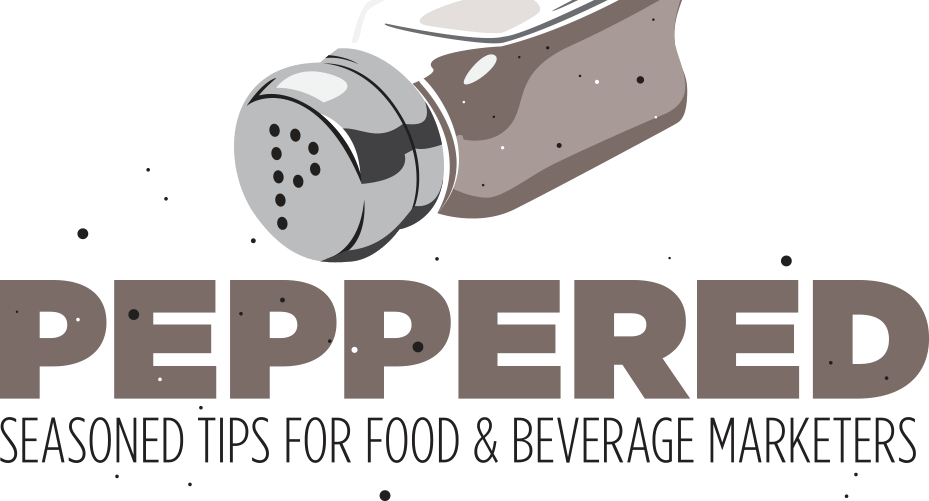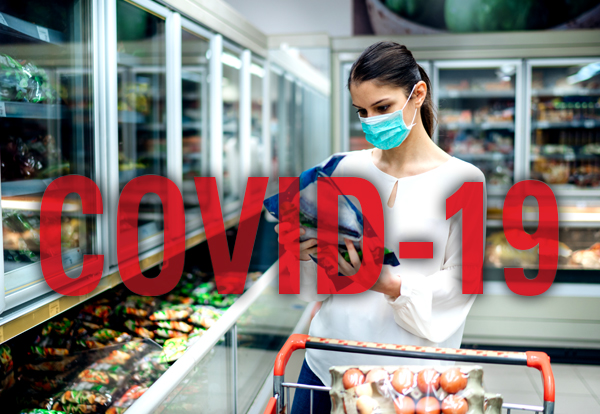Due to the current COVID-19 crisis, food and beverage companies are having to navigate unchartered waters when it comes to sourcing raw materials, workforce sustainability, retailer demand, consumer consumption, and overall brand management.
Many brands are seeing unprecedented spikes in sales. And although a scenario like this has both challenges and benefits for brands, short-term sales should not impact how you manage the long-term growth and success of your brand.
So how should brands respond? How can you continue to build your brand without being perceived as profiting from a crisis? Should you adapt your messaging? Should you adjust media spends? These are all valid questions, so let’s jump in:
- First, you are essential. And not simply from a life-sustaining perspective. Food brings comfort to people, like nothing else does—and people need comfort in a time of crisis. Don’t minimize this or feel like you are profiting in a time of crisis. Your brand can play a major role in helping consumers in this time of crisis. Don’t be ashamed of fulfilling a very essential human need.
- In-home food consumption is simply at an all-time high. And undoubtedly, consumers are adding or substituting additional products to account for this increased consumption, so you will naturally have new consumers purchasing your brand. Look at this as trial. Yes, they are purchasing your brand in a time of panic or preparation, but you now have the opportunity to retain them as regular purchaser of your brand. Think of ways in which you can now reach them with your brand message.
- Think long-term brand building. Yes, you may be busier than ever and in crisis mode. You may even be thinking that you don’t need or want more business, right now. And that’s understandable. But you may not be thinking or feeling that way in 3-6 months. Although you may be seeing short-term sales growth due to unprecedented consumer shopping behavior, you still need to think about the longevity of your brand. Now is the time to be planning for: 1) What the new normal could potentially be, 2) getting a jump on 2021 planning, 3) adjusting media—given new consumer behavior. And many other potential scenarios.
- Brand messaging is important now—you are potentially getting in front of new audiences. Should you consider adjusting current messaging to take the current crisis into consideration? Many brands are doing this, but it really comes down your brand culture and overall crisis response plan. Other ways to adapt your message could be around: comfort food, family mealtime, meal planning, recipes, or other platforms that don’t necessarily directly address the crisis but provide solutions to consumers.
- Advertising is also important now. Think about the number of people who are currently streaming TV and online. Again, this is not opportunistic. You are providing viable solutions and comfort to people in a time of crisis.
Consumers are having to deal with economic, social, medical, and emotional issues that they may have never been through before, creating a high-level of uncertainty and anxiety. Food brands can provide not only an essential need in a time of crisis, but also build a lasting relationship with new and lapsed consumers.
This is not a time to be silent or even stay the course. It’s a time for meeting consumer demand.
At the end of the day, as food and beverage marketers, our job hasn’t changed. We are all in the business of getting our products into the homes of as many consumers as possible—and growing our brands. Are there challenges in front of us? Of course, but it’s how we respond and the actions that we take that will define our brands in the years to come.
Stay safe. Stay healthy. But keep moving forward.






